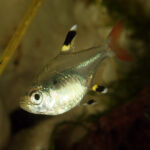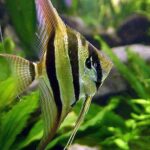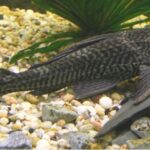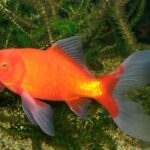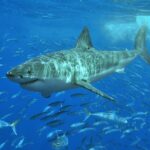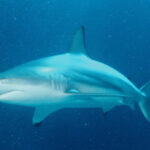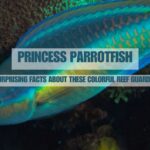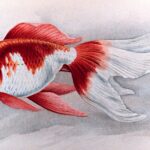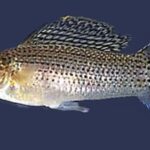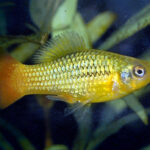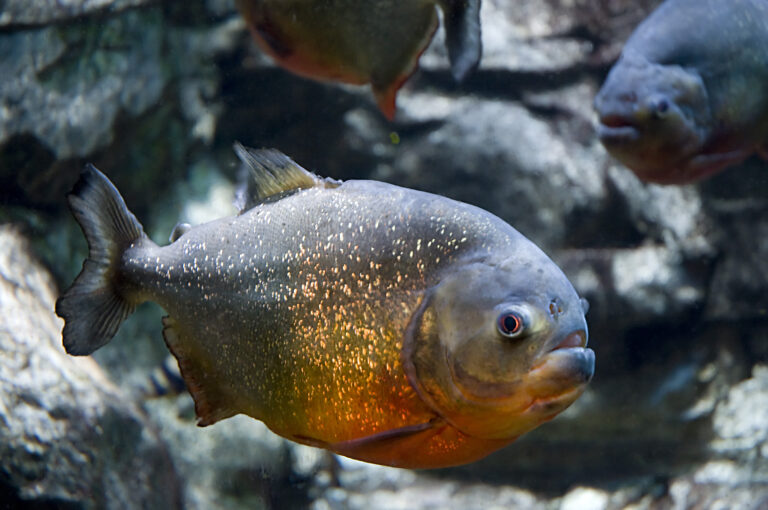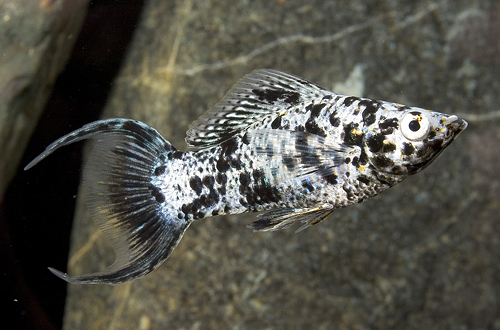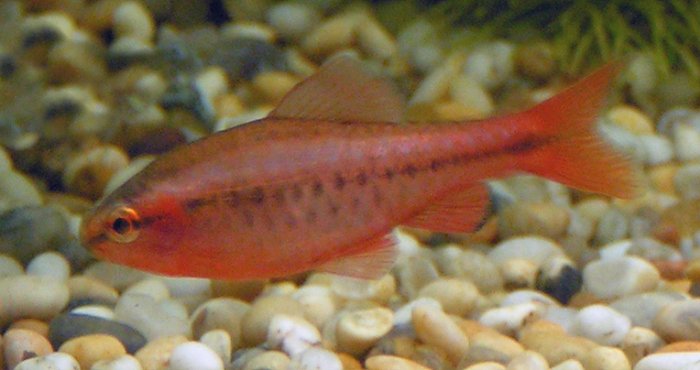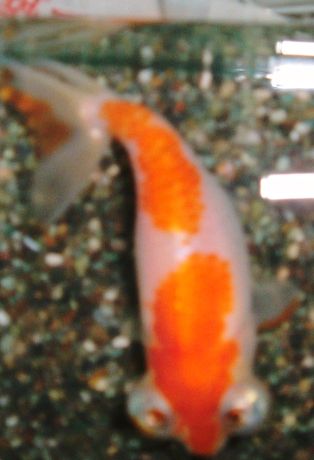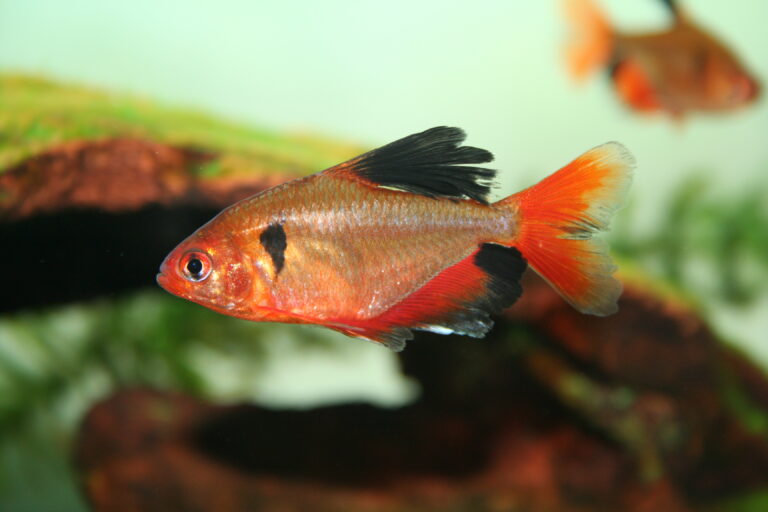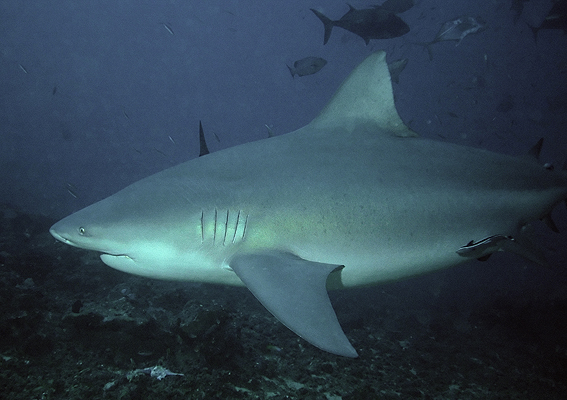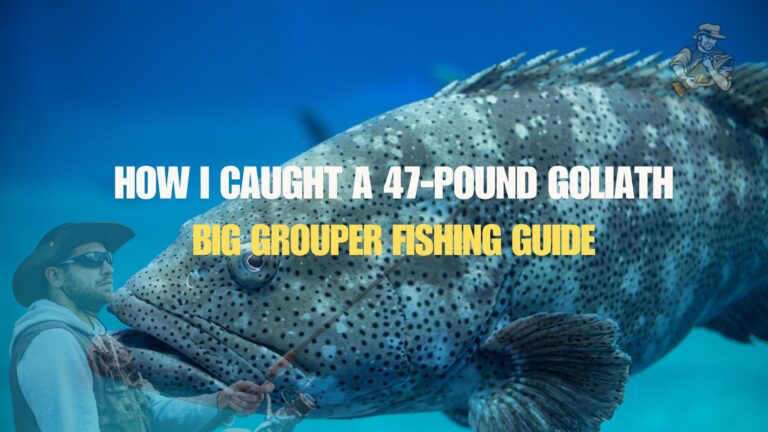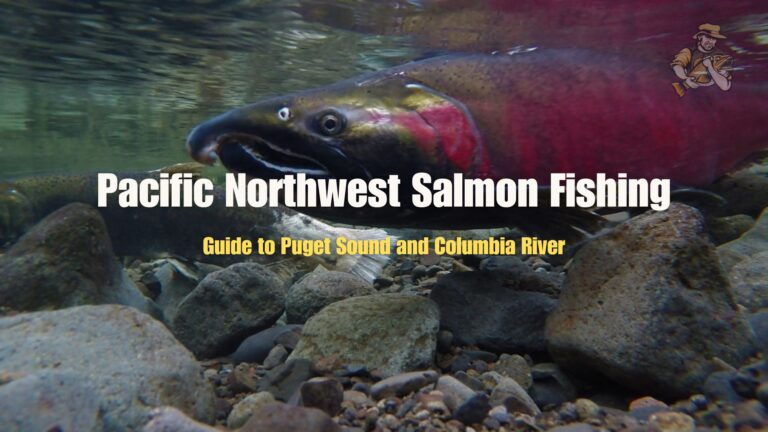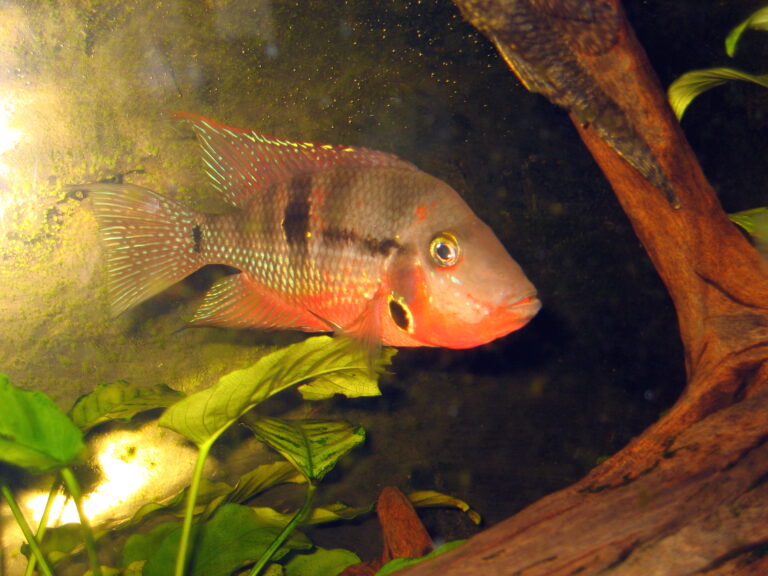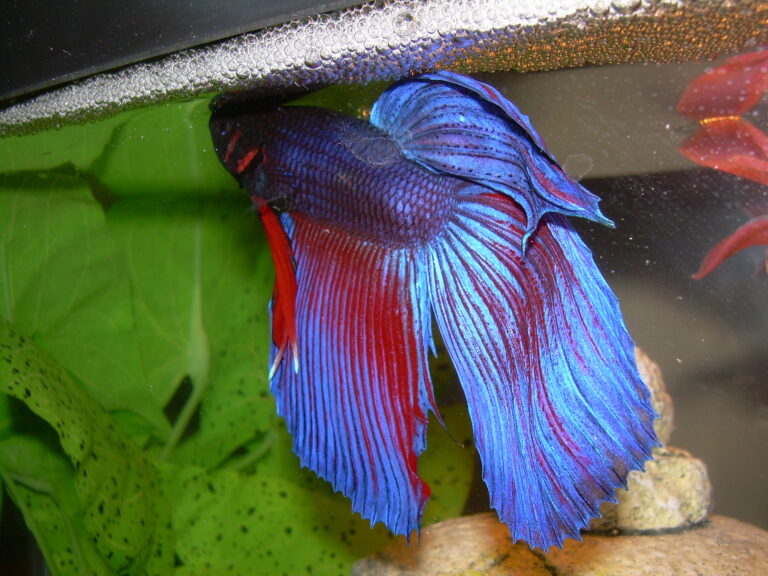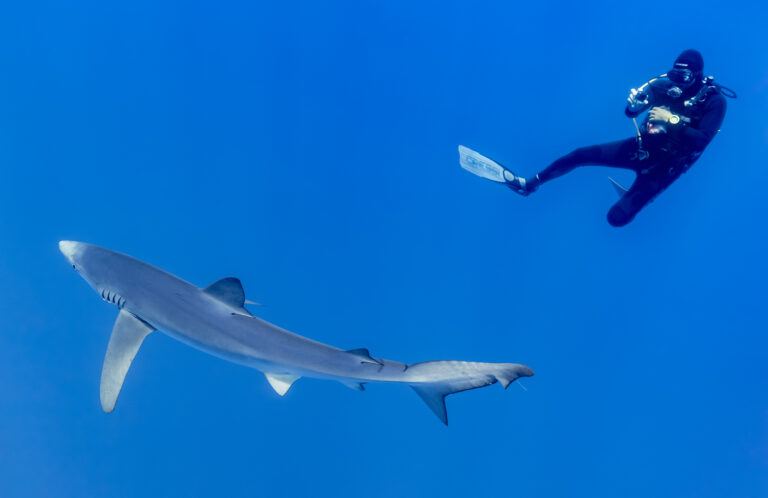Brown Bullhead
By Ryan Maron | Last Modified: July 6, 2025
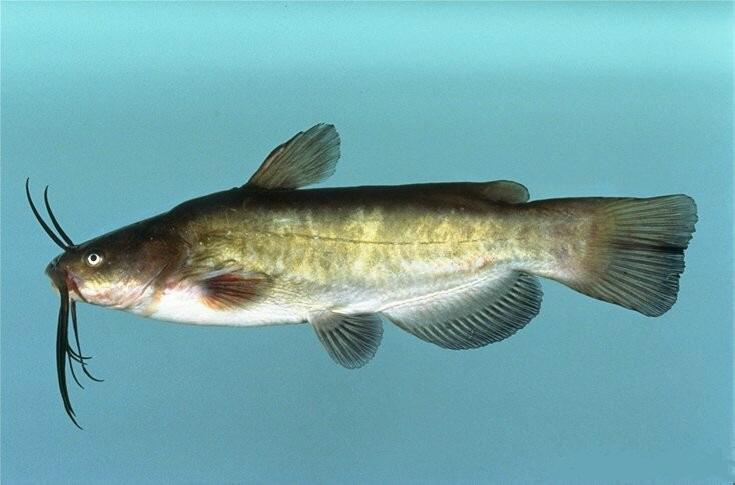
The Brown Bullhead (Ameiurus nebulosus) represents one of North America’s most widespread and ecologically significant freshwater catfish species. This robust bottom-dwelling fish plays a crucial role in freshwater ecosystems across the continent, serving as both predator and prey in complex aquatic food webs. Distinguished by its dark mottled coloration and characteristic barbels, the Brown Bullhead has adapted remarkably well to diverse aquatic environments, from pristine mountain lakes to urban ponds.
As a member of the Ictaluridae family, the Brown Bullhead demonstrates exceptional ecological versatility that has enabled its successful colonization of waters throughout North America and beyond. This species contributes significantly to both recreational and subsistence fisheries, while simultaneously performing essential ecosystem services through its feeding behaviors and habitat modifications. Understanding the Brown Bullhead’s biology and ecological requirements provides valuable insights into freshwater ecosystem dynamics and the adaptive strategies that enable certain species to thrive across varied environmental conditions.
| Feature | Details |
| Common Name | Brown Bullhead |
| Scientific Name | Ameiurus nebulosus |
| Family | Ictaluridae |
| Typical Size | 20-35 cm (8-14 in), 0.5-2 kg (1-4 lbs) |
| Habitat | Shallow freshwater lakes, ponds, slow rivers |
| Diet | Omnivorous bottom-feeder |
| Distribution | Eastern and central North America |
| Conservation Status | Least Concern |
Taxonomy & Classification
The Brown Bullhead belongs to the order Siluriformes and represents a well-established member of the North American catfish family Ictaluridae. First scientifically described by Charles Alexandre Lesueur in 1819, Ameiurus nebulosus has undergone several taxonomic revisions as ichthyologists have refined their understanding of catfish relationships through morphological and genetic analyses.
Within the genus Ameiurus, the Brown Bullhead shares close evolutionary relationships with the Black Bullhead (Ameiurus melas) and Yellow Bullhead (Ameiurus natalis). These three species form a distinct clade characterized by their squared or slightly notched tail fins, distinguishing them from the deeply forked tails found in channel catfish and blue catfish species. Molecular phylogenetic studies indicate that the Ameiurus genus diverged from other ictalurid lineages approximately 15-20 million years ago during the Miocene epoch.
The species exhibits minimal subspecific variation across its range, though some regional populations display subtle morphological differences in coloration intensity and fin ray counts. These variations likely reflect local adaptations to specific environmental conditions rather than true subspecific differentiation. Recent genetic analyses have confirmed the taxonomic stability of A. nebulosus, supporting its recognition as a single, widely distributed species with high gene flow between geographically separated populations.
Physical Description
The Brown Bullhead presents a distinctive appearance that reflects its bottom-dwelling lifestyle and omnivorous feeding strategy. Adult specimens typically measure 20-35 centimeters in total length, with exceptional individuals occasionally reaching 45 centimeters. Body weight ranges from 0.5 to 2 kilograms, though fish exceeding 1.5 kilograms are considered trophy specimens in most waters.
The species exhibits a robust, laterally compressed body profile with a broad, flattened head that comprises approximately 25-30% of total body length. The mouth contains numerous small, recurved teeth arranged in pad-like formations on both upper and lower jaws, facilitating the processing of diverse food items from plant matter to small invertebrates. Eight prominent barbels surround the mouth, with four positioned on the upper jaw and four on the lower jaw, serving as highly sensitive chemoreceptors for locating food in murky water conditions.
Coloration varies considerably among individuals and populations, typically ranging from dark brown to olive-green on the dorsal surface, with lighter yellowish-brown flanks that gradually transition to pale yellow or cream-colored ventral areas. The mottled pattern that gives this species its common name consists of irregular dark blotches and streaks distributed across the body and fins. The anal fin contains 21-24 rays and lacks the distinctive notch found in some related species, while the tail fin displays a squared or slightly rounded posterior margin rather than the deeply forked configuration seen in channel catfish species.
Habitat & Distribution
The Brown Bullhead demonstrates remarkable habitat flexibility, occupying diverse freshwater environments across its extensive native range in eastern and central North America. The species naturally occurs from the Maritime Provinces of Canada southward through the Great Lakes region and Mississippi River drainage system, extending west to the eastern slopes of the Rocky Mountains and south to northern portions of the Gulf Coast states.
Primary habitats include shallow, warm-water lakes, ponds, slow-moving rivers, and backwater areas with soft, muddy, or organic-rich substrates. Brown Bullheads show strong preferences for waters with abundant aquatic vegetation, fallen timber, and other structural complexity that provides cover and foraging opportunities. The species tolerates water temperatures ranging from 1°C to 35°C, though optimal growth and reproduction occur in waters between 20°C and 28°C during summer months.
Dissolved oxygen requirements are notably low compared to many freshwater fish species, enabling Brown Bullheads to survive in eutrophic waters where other species cannot persist. This tolerance extends to waters with oxygen concentrations as low as 1-2 parts per million, a physiological adaptation that involves specialized respiratory mechanisms and behavioral modifications such as gulping atmospheric air at the surface during periods of severe hypoxia.
Human introductions have significantly expanded the species’ range beyond its historical distribution, with established populations now present in western United States, parts of Europe, and New Zealand. These introductions, often associated with bait bucket releases or intentional stocking programs, have sometimes resulted in ecological concerns where Brown Bullheads compete with native fish species or alter local ecosystem dynamics.
Diet & Feeding Behavior
The Brown Bullhead functions as an opportunistic omnivore with feeding behaviors that reflect its role as an important ecosystem engineer in freshwater environments. Dietary composition varies seasonally and among life stages, with juveniles initially consuming zooplankton and small invertebrates before transitioning to the diverse diet characteristic of adult fish.
Adult Brown Bullheads employ their sensitive barbels to locate food items buried in sediments or hidden among aquatic vegetation. The diet encompasses aquatic invertebrates including chironomid larvae, mayfly nymphs, caddisfly larvae, amphipods, and various worm species. Plant matter constitutes a significant portion of the diet, particularly during autumn months when seeds, fruits, and decomposing vegetation become abundant. Fish eggs, small fish, amphibian larvae, and occasionally small mammals or birds that fall into the water supplement the primary diet components.
Feeding activity peaks during twilight and nighttime hours, though Brown Bullheads remain active feeders throughout the day in turbid waters or heavily shaded environments. The species exhibits pronounced seasonal feeding patterns, with maximum consumption rates occurring during spring and early summer when water temperatures promote rapid metabolism and coincide with peak reproductive energy demands.
The bottom-feeding behavior of Brown Bullheads significantly influences benthic community structure and nutrient cycling in aquatic ecosystems. Their constant foraging activities disturb sediments, releasing nutrients from the substrate and increasing water column productivity. This bioturbation activity can enhance or degrade water quality depending on sediment composition and existing nutrient loads in the system.
Behavior & Adaptations
Brown Bullheads exhibit complex behavioral repertoires that reflect their evolutionary adaptation to dynamic freshwater environments. The species demonstrates remarkable physiological tolerance to environmental stressors, including temperature fluctuations, low dissolved oxygen levels, and elevated turbidity conditions that would prove fatal to many other freshwater fish species.
During winter months, Brown Bullheads enter a state of reduced activity similar to hibernation, burying themselves in soft bottom sediments or seeking shelter in deep-water areas where temperatures remain relatively stable. This behavioral adaptation enables survival in northern latitudes where surface waters freeze for extended periods. Metabolic rates decrease substantially during winter dormancy, allowing fish to survive several months with minimal feeding activity.
The species exhibits strong homing behavior, with individuals often returning to specific spawning areas or preferred habitat patches across multiple seasons. Radio telemetry studies have documented home ranges varying from 0.5 to 5 hectares, depending on habitat quality and resource availability. Brown Bullheads demonstrate remarkable navigation abilities, utilizing chemical cues, water current patterns, and possibly magnetic fields to orient within their aquatic environment.
Social behaviors include both territorial and schooling tendencies depending on environmental conditions and population density. During spawning periods, males establish and defend nesting territories through aggressive displays and physical confrontations. Outside of reproductive seasons, Brown Bullheads may form loose aggregations in favorable feeding areas or thermal refugia, though they generally maintain individual foraging territories.
Predator avoidance strategies include rapid burial in soft substrates, seeking shelter among aquatic vegetation or woody debris, and utilizing their cryptic coloration to blend with bottom environments. When threatened, Brown Bullheads can produce distress chemicals that alert nearby conspecifics to potential danger, demonstrating sophisticated chemical communication abilities.
Reproduction & Life Cycle
The reproductive biology of Brown Bullheads reflects evolutionary adaptations for maximizing offspring survival in variable freshwater environments. Spawning typically occurs from late April through July, with timing largely determined by water temperature reaching 18-21°C and photoperiod cues signaling optimal conditions for reproduction.
Males initiate reproductive behavior by excavating circular nests in shallow water areas with soft substrates, typically at depths of 0.3 to 2 meters. Nest construction involves using the caudal fin to clear debris and create a depression 20-40 centimeters in diameter. Preferred nesting sites include areas with moderate current flow, adequate dissolved oxygen levels, and protection from strong wave action or predation pressure.
Courtship behavior involves complex interactions between males and females, with males performing circular swimming patterns around potential mates while producing low-frequency sounds through specialized sonic muscles associated with the swim bladder. Females evaluate male quality based on nest site characteristics, male size, and behavioral displays before selecting mating partners.
Spawning involves the female depositing 2,000 to 13,000 adhesive eggs in the prepared nest, with larger, older females producing significantly more eggs than first-time spawners. Males immediately fertilize the eggs and assume exclusive parental care responsibilities throughout the incubation period. This paternal care includes fanning the eggs to maintain adequate oxygen levels, removing dead or fungus-infected eggs, and defending the nest against potential predators or nest parasites.
Incubation duration ranges from 5 to 10 days depending on water temperature, with optimal development occurring at 22-25°C. Newly hatched larvae remain in the nest for an additional 7-10 days while absorbing their yolk sacs, during which time males continue intensive parental care. After becoming free-swimming, juveniles may remain near the nest site for several weeks under continued male protection, forming dense schools that gradually disperse as individuals develop independent foraging abilities.
Sexual maturity occurs at 2-4 years of age, corresponding to lengths of 15-20 centimeters. Maximum lifespan in natural populations typically ranges from 8 to 12 years, though some individuals in optimal habitats may survive longer under reduced predation pressure and favorable environmental conditions.
Predators & Threats
Brown Bullheads face predation pressure throughout their life cycle, with vulnerability patterns changing dramatically as individuals progress from larvae to adult fish. Egg and larval stages experience the highest mortality rates, primarily due to predation by aquatic invertebrates, small fish species, and amphibians that can access shallow nesting areas.
Juvenile Brown Bullheads fall prey to a diverse array of predators including larger fish species such as northern pike, largemouth bass, walleye, and adult catfish. Wading birds including herons, egrets, and bitterns represent significant avian predators, particularly in shallow-water habitats where juveniles concentrate during feeding activities. Aquatic mammals such as mink, otter, and muskrat occasionally consume Brown Bullheads, though fish typically constitute a minor component of mammalian diets.
Adult Brown Bullheads benefit from several anti-predator adaptations that reduce vulnerability to most potential predators. Their robust body construction, sharp pectoral and dorsal fin spines, and ability to wedge themselves into crevices or bury in soft substrates provide effective defense mechanisms against many predators. Large piscivorous fish such as muskellunge, large pike, and flathead catfish represent the primary predators capable of consuming adult Brown Bullheads regularly.
Anthropogenic threats include habitat degradation through agricultural runoff, urban development, and industrial contamination that can reduce water quality below tolerable thresholds even for this hardy species. Climate change poses emerging challenges through altered precipitation patterns, increased frequency of extreme weather events, and shifting thermal regimes that may disrupt reproductive timing or exceed physiological tolerance limits.
Invasive species interactions create complex ecological pressures, with Brown Bullheads sometimes competing with introduced species for food resources or nesting sites. Conversely, where Brown Bullheads have been introduced outside their native range, they may negatively impact native fish communities through predation on eggs and juveniles or competition for limited resources.
Overfishing rarely threatens Brown Bullhead populations due to their high reproductive output and broad habitat tolerance, though localized depletion can occur in heavily exploited small water bodies. Water level fluctuations caused by dam operations or drought conditions can eliminate shallow-water spawning habitat and reduce recruitment success in affected populations.
Conservation Status
The International Union for Conservation of Nature (IUCN) classifies the Brown Bullhead as Least Concern due to its stable population trends, extensive distribution, and demonstrated adaptability to diverse environmental conditions. Throughout most of its native range, Brown Bullhead populations remain robust and show no evidence of significant decline that would warrant conservation concern.
Regional assessments reveal more nuanced conservation status patterns, with some peripheral populations experiencing localized pressures from habitat modification or water quality degradation. Northern populations near the species’ range limits may face increased vulnerability to climate change impacts, particularly altered winter conditions that could affect overwintering survival or disrupt established thermal regimes.
Several states and provinces maintain monitoring programs that track Brown Bullhead population trends as indicators of overall ecosystem health in warm-water fisheries. These programs have generally documented stable or increasing populations, though some urbanized watersheds show declining abundance associated with habitat degradation and water quality impairment.
The species’ role as an introduced organism in regions outside its native range creates complex conservation considerations. In western North America and international locations where Brown Bullheads have established populations, management strategies focus on preventing further spread while assessing ecological impacts on native fish communities. Some jurisdictions have implemented regulations prohibiting the transport or release of Brown Bullheads to prevent establishment in previously uncolonized waters.
Research priorities include long-term population monitoring, assessment of climate change vulnerability, and evaluation of ecosystem services provided by Brown Bullhead populations in different habitat types. Understanding the species’ role in nutrient cycling and food web dynamics remains important for effective ecosystem management and conservation planning decisions.
Human Interaction
Brown Bullheads maintain significant cultural and economic importance throughout their range, serving diverse human interests from recreational fishing to ecosystem management applications. The species supports popular recreational fisheries, particularly among beginning anglers and families seeking easily caught, good-eating fish from accessible water bodies.
Angling techniques for Brown Bullheads emphasize bottom-fishing approaches using natural baits such as earthworms, leeches, small minnows, or prepared baits including chicken liver or commercial catfish preparations. The species’ willingness to bite and fight characteristics make it an excellent target for novice anglers developing basic fishing skills. Many fishing guides and educational programs utilize Brown Bullhead fisheries to introduce children and inexperienced anglers to freshwater fishing techniques.
Culinary applications vary regionally, with Brown Bullheads commonly prepared through frying, grilling, or smoking methods that complement their mild, sweet flesh. Proper handling and cleaning techniques are essential for optimal eating quality, as the species can develop muddy flavors when harvested from nutrient-rich or stagnant waters. Some ethnic communities maintain traditional preparation methods that have been passed down through generations of anglers and subsistence users.
Aquaculture applications remain limited compared to other catfish species, though Brown Bullheads occasionally serve in pond management programs designed to control aquatic vegetation or provide forage for game fish populations. Their tolerance for poor water quality and efficient conversion of organic matter to fish biomass make them potentially valuable in certain aquaculture systems, particularly those incorporating waste treatment or polyculture approaches.
Bait fish markets utilize small Brown Bullheads in some regions, though regulatory restrictions limit this use in many jurisdictions due to concerns about spreading the species to uncolonized waters. Educational and research applications include using Brown Bullheads as model organisms for studying fish physiology, behavior, and ecosystem interactions in academic and management contexts.
The species’ introduction history highlights the importance of responsible angling practices and bait fish regulations. Many established populations outside the native range originated from bait bucket releases or intentional introductions by anglers seeking to create new fishing opportunities without considering potential ecological consequences.
Interesting Facts
Brown Bullheads possess remarkable physiological adaptations that enable survival in conditions lethal to most other freshwater fish species. During periods of severe oxygen depletion, they can survive by gulping air at the water surface and extracting oxygen through specialized blood vessels in their swim bladder, essentially functioning as a primitive lung. This adaptation allows them to persist in waters with dissolved oxygen levels below 1 part per million for extended periods.
The species demonstrates extraordinary cold tolerance, with documented survival in waters that freeze completely to the bottom during extreme winter conditions. Brown Bullheads achieve this by burying themselves in soft sediments below the freeze line and entering a state of near-hibernation where metabolic processes slow dramatically. Some individuals have been recovered alive from ice-covered ponds after being frozen in sediments for several months.
Sensory capabilities of Brown Bullheads exceed those of many other freshwater fish species, with their barbels containing over 100,000 taste buds that can detect chemical concentrations equivalent to one part per billion. This extraordinary chemoreception allows them to locate food items buried several centimeters deep in soft substrates and navigate successfully in complete darkness or extremely turbid water conditions.
Parental care behavior in Brown Bullheads rivals that seen in many bird species, with males providing continuous nest defense and offspring protection for up to six weeks after spawning. During this period, males rarely leave the immediate nest area and will aggressively attack fish many times their size to protect their young. Some males have been observed leading schools of juveniles away from danger, similar to behavioral patterns seen in some bird species.
The species exhibits remarkable homing ability, with tagged individuals documented returning to specific spawning areas after being displaced distances exceeding 50 kilometers. This navigation ability appears to involve multiple sensory modalities including chemical trail following, magnetic field detection, and recognition of specific habitat characteristics unique to particular locations.
Brown Bullheads can survive out of water for several hours under cool, humid conditions due to their ability to absorb oxygen through their highly vascularized skin and mouth cavity. This adaptation historically enabled their survival during transport in primitive live wells and may provide advantages during temporary habitat drying events or when moving between disconnected water bodies during flood conditions.
Frequently Asked Questions
What is the best bait for catching Brown Bullheads?
Earthworms consistently rank as the most effective bait for Brown Bullheads, though leeches, small minnows, and chicken liver also produce excellent results. The species responds well to baits that produce strong scent trails, making prepared stink baits and cheese-based preparations effective alternatives. Bottom-fishing techniques work best, with baits positioned directly on or near the substrate where Brown Bullheads naturally forage.
How can you distinguish Brown Bullheads from other catfish species?
Brown Bullheads can be identified by their squared or slightly rounded tail fin, mottled brown coloration, and anal fin containing 21-24 rays. Unlike channel catfish, they lack spots and have a squared rather than deeply forked tail. Black bullheads appear darker with less mottled patterns, while yellow bullheads display more uniform yellowish coloration and white or pale-colored barbels under the chin.
Are Brown Bullheads good to eat?
Brown Bullheads provide excellent eating when properly prepared, offering mild, sweet flesh comparable to other catfish species. Fish from clean, flowing waters typically have the best flavor, while those from stagnant or nutrient-rich waters may develop muddy tastes. Proper skinning and preparation techniques are essential, and the species responds well to various cooking methods including frying, grilling, and smoking.
What water conditions do Brown Bullheads prefer?
Brown Bullheads thrive in warm, shallow waters with soft substrates and abundant vegetation or cover. They tolerate poor water quality better than most fish species, surviving in waters with low dissolved oxygen, high turbidity, and elevated nutrient levels. Optimal conditions include water temperatures between 20-28°C, though they survive in much colder conditions during winter months.
Conclusion
The Brown Bullhead stands as a testament to evolutionary adaptability and ecological resilience in North American freshwater ecosystems. Through its remarkable physiological tolerances, complex behavioral adaptations, and important ecosystem functions, this species continues to thrive across diverse environmental conditions while providing significant recreational and cultural value to human communities. Understanding and protecting Brown Bullhead populations ensures the preservation of healthy freshwater ecosystems and the continuation of traditional fishing opportunities for future generations.
Share The Article:
More Fish Species:
-
Red Belly Piranha
The Red Belly Piranha (*Pygocentrus nattereri*) stands as one of South America’s most misunderstood freshwater predators, wielding razor-sharp teeth…
-
Lyretail Molly
The Lyretail Molly (*Poecilia latipinna*) stands as one of the most recognizable and ecologically significant freshwater fish species in…
-
Cherry Barb
The Cherry Barb (*Puntius titteya*) stands as one of the most recognizable and ecologically significant small cyprinid species in…
-
Celestial Eye Goldfish
The Celestial Eye Goldfish represents one of the most distinctive varieties within ornamental aquaculture, known scientifically as Carassius auratus….
-
Endlers Livebearer
The Endlers Livebearer (Poecilia wingei) stands as one of the most captivating freshwater fish species in the aquarium trade…
-
Serpae Tetra
The Serpae Tetra (Hyphessobrycon eques) stands as one of South America’s most recognizable freshwater aquarium species, distinguished by its…
Discover
-
Bull Shark
The Bull Shark represents one of the most formidable apex predators in marine ecosystems worldwide. Known scientifically as Carcharhinus…
-
How to Spool a Baitcaster for Beginners: 6 Simple Steps
I remember the first time I tried spooling a baitcaster reel. What should have been a simple 15-minute job…
-
How to Catch Mahi-Mahi: Offshore Tactics That Fill Coolers Fast
I still remember my first encounter with mahi-mahi (also called dolphin fish or dorado). We were about 20 miles…
-
How I Caught a 47-Pound Goliath: Big Grouper Fishing Guide
That morning started like most fishing trips – with complete optimism followed by immediate disappointment. We’d motored 12 miles…
-
7 Best Fly Fishing Foods That Trout Can’t Resist in 2025
If there’s one thing I’ve learned after three decades of fly fishing, it’s that trout can be maddeningly selective…
-
Pacific Northwest Salmon Fishing: Guide to Puget Sound and Columbia River
There’s something almost magical about the way Pacific Northwest salmon fight on the end of your line. I still…
Discover
-
Firemouth Cichlid
The Firemouth Cichlid (*Thorichthys meeki*) stands as one of Central America’s most recognizable freshwater fish species, distinguished by its…
-
Siamese Fighting Fish
The Siamese Fighting Fish, scientifically known as *Betta splendens*, stands as one of the most recognizable and culturally significant…
-
7 Best Fly Fishing Rods for Beginners in 2025 (Tested by a Pro)
Ask any fly angler what their most important piece of gear is, and most will point to their rod….
-
Blue Shark
The Blue Shark (Prionace glauca) represents one of the ocean’s most accomplished travelers, traversing entire ocean basins in epic…
-
Sparkling Gourami
The Sparkling Gourami represents one of the most captivating miniature freshwater species available to aquarium enthusiasts and serves as…
-
Silver Dollar Fish
The Silver Dollar Fish (*Metynnis argenteus*) stands as one of South America’s most recognizable freshwater species, renowned for its…

